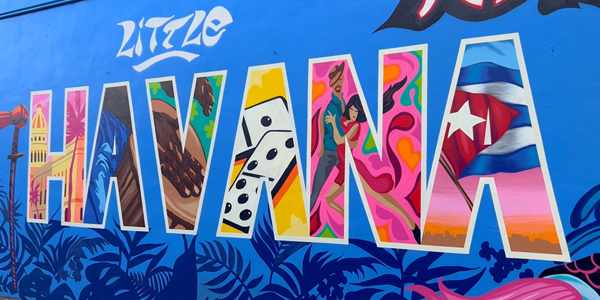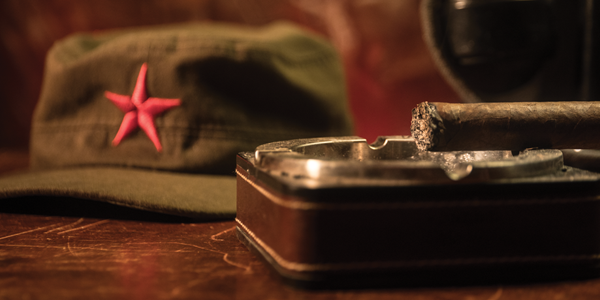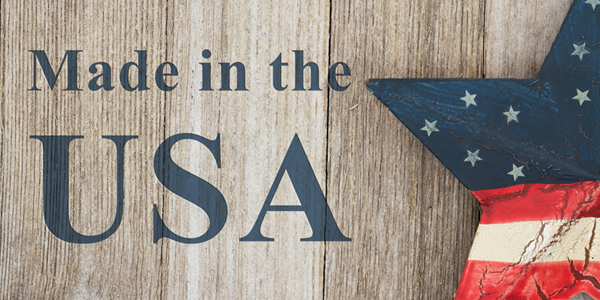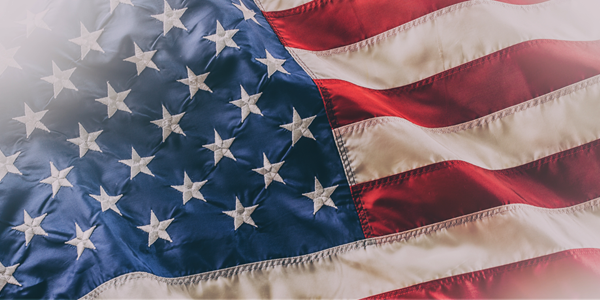Little Havana & Cigars
Whenever I visit Miami, I include drop-ins on my favorite cigar-makers. Regardless of the time of day, and usually it’s just before lunchtime, I’m offered a cigar and a café cubano. Usually, the coffee, a facsimile of espresso, is much stronger than the cigar, despite the copious amounts of sugar in the cup. Several of the worthwhile cigar factories in Miami are in or near the city’s old Little Havana section in the southwest quadrant. That’s where the early Cuban immigrants settled, many of them refugees from the Castro Revolution.
Why Little Havana?
When Cubans fled their homeland during and after the Castro revolution, the hope was that the emigration was temporary. Certainly, Castro would not remain in power long, they thought. The US would not tolerate a Communist regime just 90 miles from Key West. Of course, that assessment proved wrong. The early Cuban exiles landed in South Florida, largely in Miami. When they arrived, they were often taken to the Cuban Assistance Center, known as Freedom Tower, where they could get additional funding and apply for government programs meant to help refugees. As the 1962 Migration and Refugee Assistance Act put it, the program was meant to meet the “urgent need of assistance for the essentials of life.” The tower is in downtown Miami, right at the edge of Biscayne Bay, very close to what now has become known as Little Havana. So, some Cubans settled there, and others followed. So did the Cuban cigar-makers.
Little Havana, Miami, Cigars
Calle Ocho. Remember that name and how to say it in Spanish: KAH-yeh OH-cho. This is Southwest 8th Street, the heart of Little Havana and, by extension, the heart of Cuban culture and heritage in Miami. Calle Ocho is also a main thoroughfare on your tour of Little Havana’s cigar factories and shops. There used to be more, but consolidation in the cigar industry has whittled down the number of places to visit. My suggestion is you plan around lunch. Visit a cigar factory or a cigar store before and one after. And enjoy the local offerings, some of which are known internationally.
El Rey de los Habanos
The man behind My Father Cigars, José ‘Pepín’ Garcia, began his ascent as one of today’s most sought-after cigar-makers at the El Rey de los Habanos cigar factory, once located on Calle Ocho and SW 11th Avenue in Little Havana. There, Pepin and his family blended and rolled the first Don Pepin and Tatuaje cigars, among other small-batch brands, in the early 2000s. From their humble factory, about a dozen rollers – trained by Pepin – assembled cigars by hand, using two small binder leaves, then finishing each cigar with a triple-seamed cap, in the Cuban style. This is where all of the Pepin-blended Diademas were produced before the Garcias moved their small stateside My Father factory a short distance to 1890 NW 96th Avenue, Doral, Florida. Of course, today Pepin Garcia and his son, Jaime, and daughter, Janny, oversee the sprawling My Father Cigars factory in Estelí, Nicaragua, where dozens of award-winning cigars are made, including Flor de las Antillas, Le Bijou 1922, La Aroma de Cuba, and San Cristobal. You can still taste the Garcias’ Little Havana roots when you smoke a Don Pepín Garcia Original or a Tatuaje 15th Anniversary Rosado. The spicy, woody, and complex flavor that catapulted Pepin Garcia to his early success is alive and well in the cigars he blends today.
El Titan de Bronze
Also on Calle Ocho near 11th, El Titan de Bronze has been making cigars since 1995. They’re all made by rollers who have worked for what the company calls “world-renowned factories.” The factory is named for a Cuban general, Antonio Maceo Grajales, who valiantly fought the Spanish occupation in the 19th century. (Maceo was dubbed “The Bronze Titan” after surviving many bullet and blade wounds.) I’d recommend starting with the El Titan Corona Sampler.
Cuba Tobacco Cigar Co.
The Bello family has been making cigars for more than 100 years, moving from Cuba to Miami in 1959. In 1994, the family opened the factory in Little Havana that produced the Havana Sunrise cigars. Legal conflicts led to the demise of the brand, but the Bellos continued making cigars, now at Cuba Tobacco Cigar Company on SW 8th & 15th Avenue. The Belicoso comes with a Havana 2000 wrapper and is distinctively packaged in gold foil.
Casa Habano
The Casa Habano factory is between 17th and 18th Avenues on Calle Ocho. The Double Corona, 50 x 7.5, sells for about $9 and is medium bodied with Dominican and Nicaraguan fillers. The wrapper is Habano Oscuro from Ecuador.
Havana Classic Cigar
At 14th Avenue and SW 8th Street, the Havana Classic Cigar factory rolls with Cuban-seed Dominican filler and Ecuadoran wrappers in Connecticut Shade, Habano and Maduro. The Robusto Habano, 50 x 5, $7, was not overly strong but is rich and smooth.
Other Notable Little Havana Cigar Companies
Two other places I would recommend checking out, though no cigars are rolled there, are the Antillian Cigar Corporation and Padrón Cigars. At Antillian, which used to be Sosa Cigars, at 628 SW 22nd Avenue, you can find the Sosa Classic, a cigar made by the Fuente factory in the Dominican Republic. It’s made with Dominican filler and an Ecuador Sumatra wrapper.
Padrón Cigars is a few blocks from Calle Ocho, at 1575 SW 1st Street. While no cigars are made here, you might find some of those hard-to-get vitolas from this top cigar brand. Also, many family members work in the building, and you might get to chat with them.
Time for Lunch?
Yeah, I told you to have lunch and here is a place, right among the cigar factories, that I think you’ll like. Old’s Havana Cuban Bar & Cocina, at 1442 SW 8th Street, is a pretty classic Cuban restaurant.






